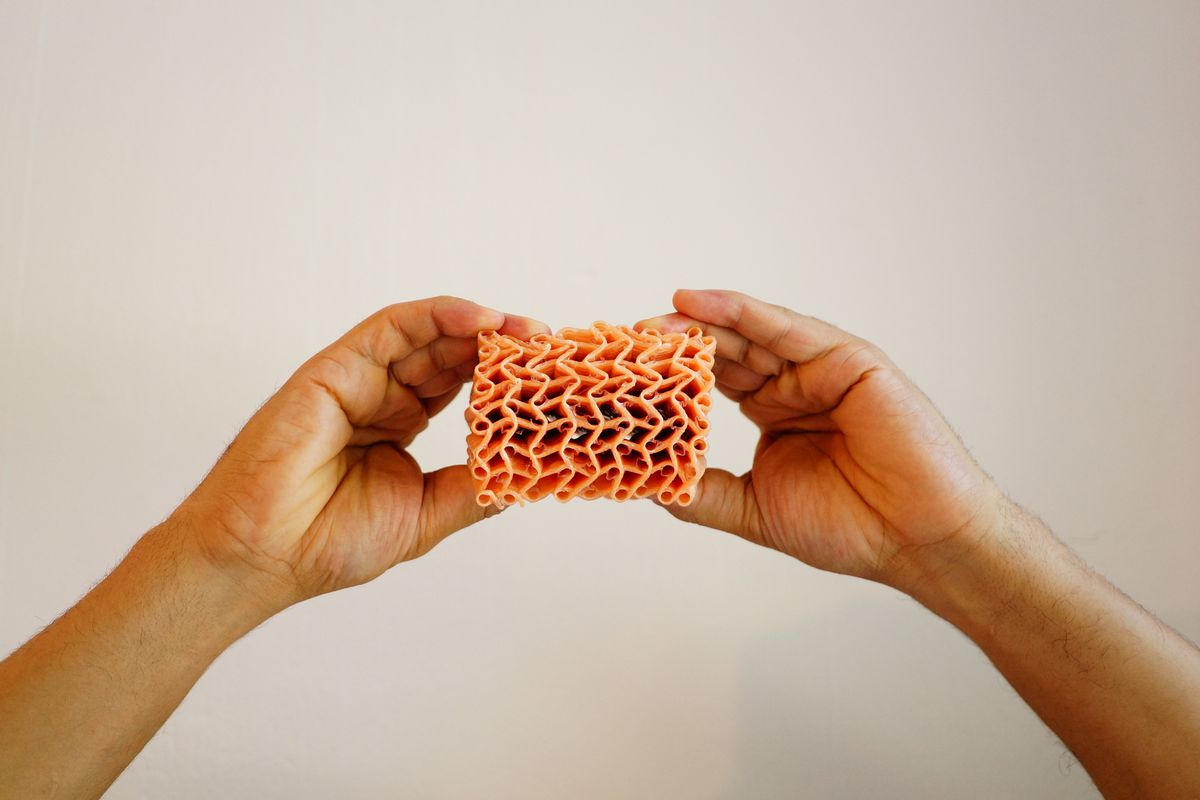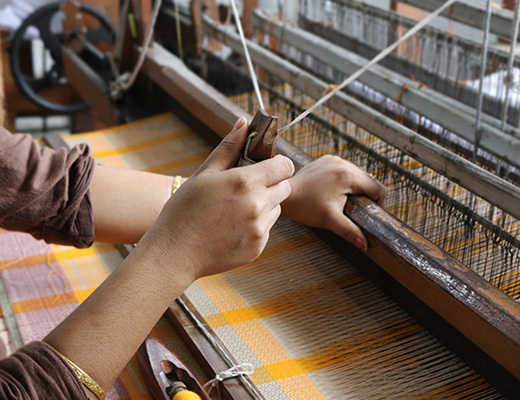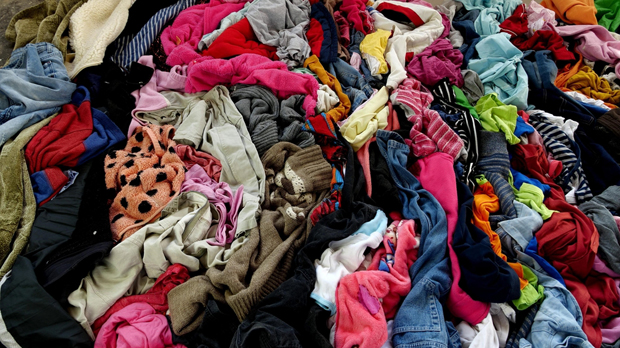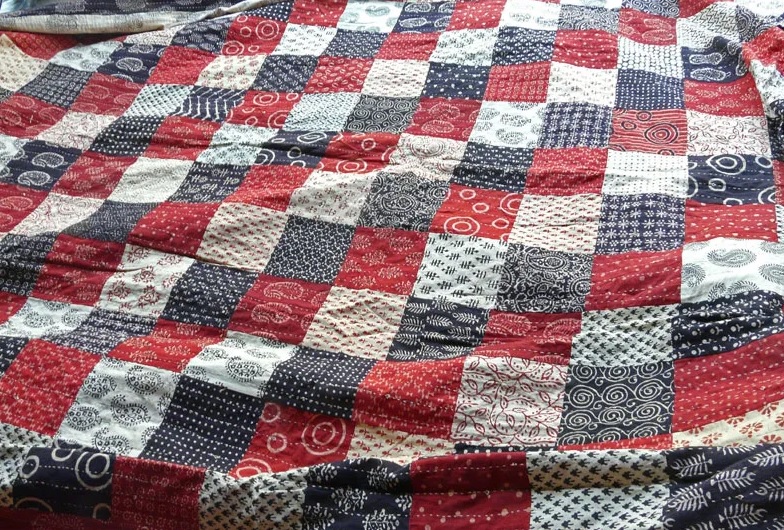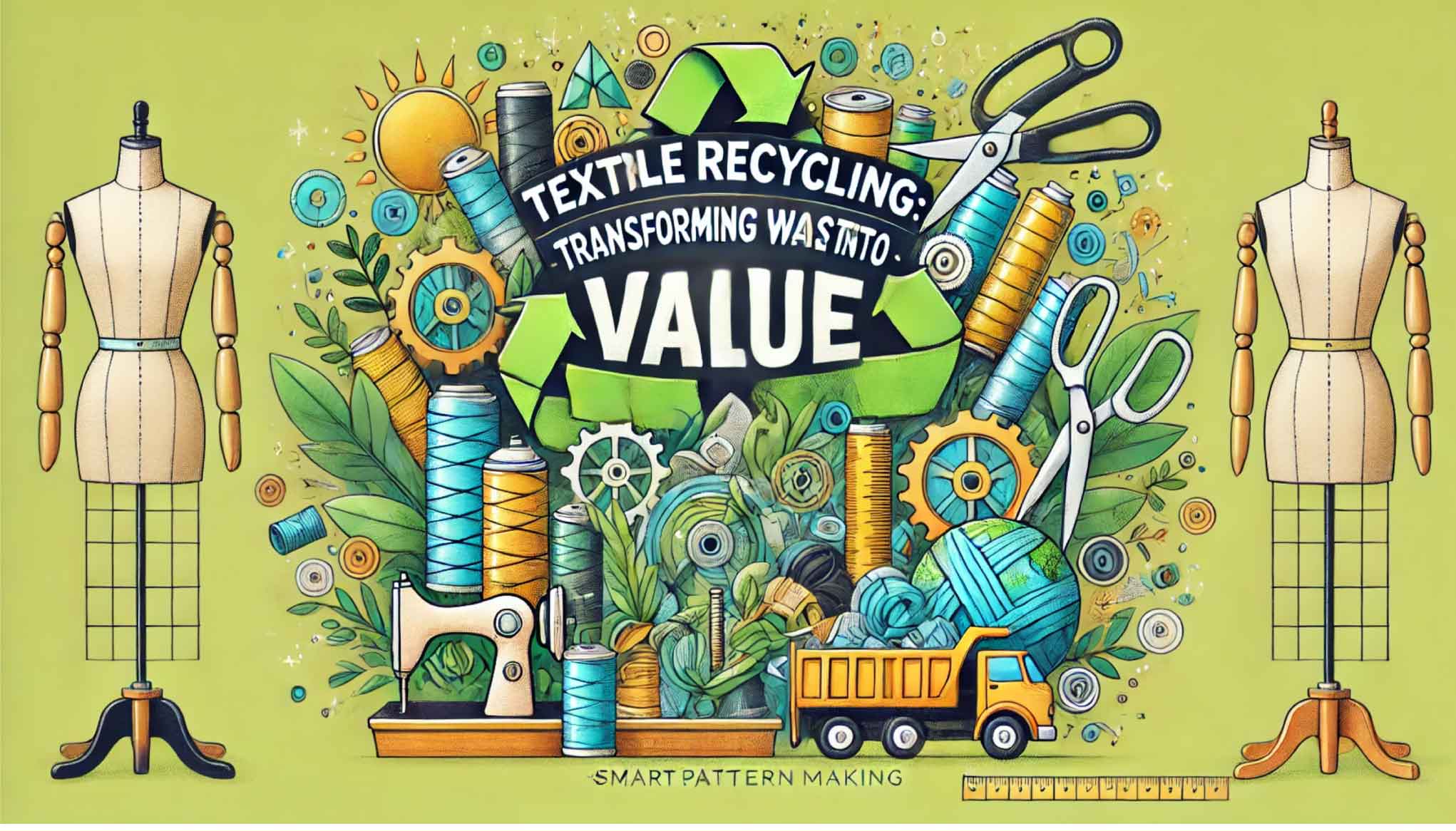In the fiscal year 2022-23, India witnessed a dynamic shift in its textile exports landscape, with notable changes in various segments. The Ready-Made Garment (RMG) sector demonstrated robust growth, surging to Rs 16,191 crore from Rs 16,138 crore in FY’19. Conversely, cotton textile exports experienced a decline, decreasing to Rs 11,085 crore in FY23 from Rs 12,405 in FY’19, as highlighted by Piyush Goyal, the Minister of Textile.
Goyal reported that man-made textile exports remained steady at Rs 5,412 crore in FY’23, holding ground compared to Rs 5,551 crore in FY’19. Despite a remarkable 41% year-on-year growth in textile product exports during 2021-22 compared to 2020-21, a minor correction occurred in 2022-23. This correction was attributed to the normalization of international demand and the surpassing of cotton prices beyond the typical range.
Notably, the period from April to July 2023 witnessed a decline in India’s textile and apparel exports compared to the same period in 2022. The global geopolitical landscape, impacting demand, was identified as a key factor contributing to this downturn.
Over the past three years, wool and woolen textile exports have shown consistent growth. In FY’23, these exports reached Rs 205 crore. However, the carpet exports sector experienced a setback, declining from Rs 1,790 crore in FY22 to Rs 1,366 crore in FY23.
Addressing the need to fortify India’s textile exports, the Central Government is actively implementing various nationwide schemes. Piyush Goyal outlined several initiatives, including the Production Linked Incentive (PLI) scheme for textiles, Pradhan Mantri Mega Integrated Textile Region and Apparel (PM MITRA), Silk Samagra, National Handloom Development Program, National Handicrafts Development Program, Integrated Wool Development Program (IWDP), National Technical Textiles Mission (NTTM), and Scheme for Integrated Textile Park (SITP). These measures collectively aim to enhance the competitiveness and global standing of India’s textile industry.

